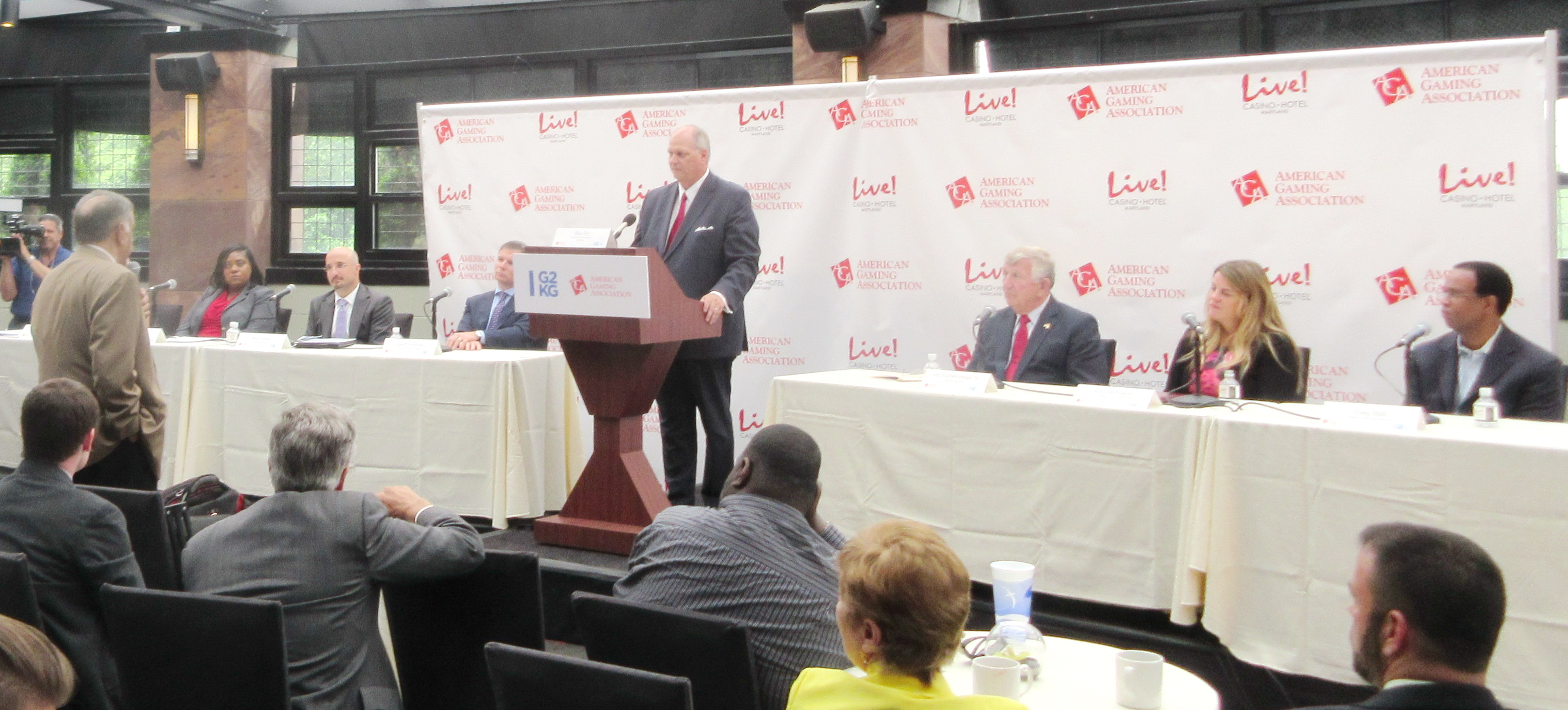By Len Lazarick
Len@MarylandReporter.com
For almost a year now, Gov. Martin O’Malley, Schools Superintendent Nancy Grasmick and other state officials have been happily boasting that Maryland’s public school system is the best in the country.
On Jan. 14, we’ll find out if the bragging can continue. That’s when Education Week magazine is due to come out with its annual report card on the states.
Staying at number one might be difficult, because Maryland has done little to improve its scores on the part of the report card where it did the worst: its handling of the teaching profession.
Grasmick earlier this month proposed changes that would improve Maryland’s scores in some of those areas, the measurement of teachers’ effect on student performance and the linking of pay to classroom achievement. Both moves are frowned upon by the state teacher’s union.
Getting by with a B
Those who have heard the best schools boast may not realize that Maryland earned its distinction with a grade of B, beating out Massachusetts by one-tenth of a point with a top score of 84.7. Editorial Projects in Education, the Bethesda-based publisher of Education Week, bases the grades on six broad areas with about 120 different categories.
Around the area, Virginia gets a B (83.2, 1.5 points behind Maryland), Pennsylvania has a B- (80.3) as does West Virginia at 80, Delaware brings up the rear in the region with a C+ (77.4).
Maryland scores well in five of the six categories. It gets B’s for school financial support and K-12 achievement and a B+ in “chance for success,” a category heavily weighted to demographics of the state such as education, income and employment.
The state gets a B for “standards, assessments and accountability,” and achieves its lone A in “transitions and alignment,” which basically measures how a state assesses student readiness to go on to the next level of education or to enter the workforce.
But in the final category, “the teaching profession,” Maryland gets a C-. This is the only category where the state scores lower than neighboring states.
The teaching profession category, which is only one-sixth of the total score, includes teacher education requirements, certification, and support for teacher improvement.
Surprisingly, Maryland does not score at the top in teacher pay parity, compared to Pennsylvania, Delaware and Massachusetts. This standard measures teacher earnings as “a percentage of salaries in comparable occupations.” (Though it’s difficult to imagine what could compare to teaching teenagers)
However, teacher pay comparisons last year were based on 2006 data. This is a measure where Maryland could possibly improve its score, as more than half of recent state education aid increases went toward improving teacher pay.
“We know that teachers are extremely important,” said Chris Swanson, vice president for research and development at Education Week, who oversees preparation of the report card. The rating attempts to measure “teachers and what they contribute to learning in a more systematic way.”
Swanson said that across the nation, “there is much stronger interest in incentives for teacher performance” and “a lot of interest in merit pay.”
He said pay based on performance is “a high priority in a lot of states,” but getting it right is in “the eye of the beholder.”
In the eye of teachers’ organizations, merit pay just as easily rewards principal’s pets as it does strong performance in the classroom.
B the best?
I asked Swanson whether he and his organization were disappointed that B is the best grade in the nation. He said it was “not so much a disappointment, but it’s worth noting. Nobody’s batting a thousand here.”
On K-12 achievement for instance, “the nation as a whole got a D,” he said, while Maryland scored a B even with some troubled school systems.
“The top states even in this core area have quite a ways to go,” Swanson said. “Very few states are doing well across the board. As a nation, we have a long way to do go.”
At least the people who are paying attention to these things are not grading on a curve. Even if Maryland’s scores improve slightly or decline a little, it is likely to maintain its B, if not its top spot. When the rest of the nation is scoring C’s and D’s, a B can still stand for “best.”






Recent Comments